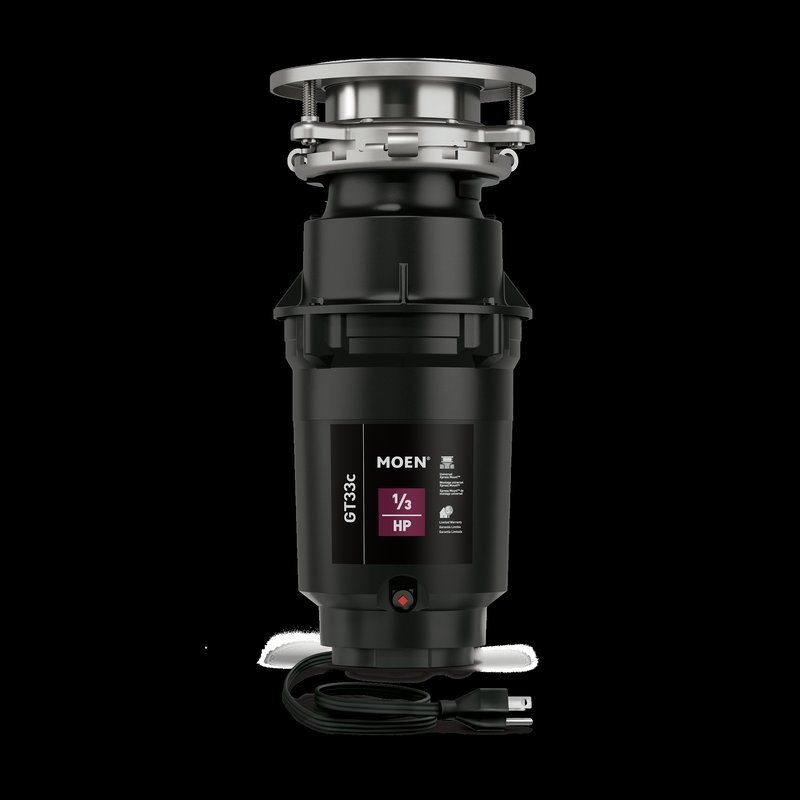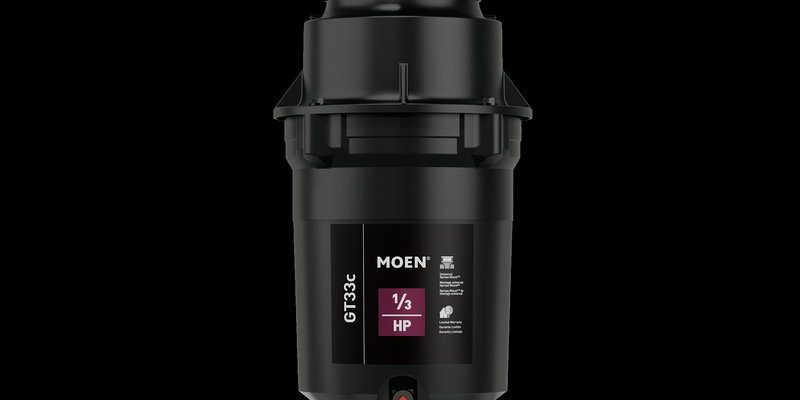
First off, a Moen garbage disposal is like a reliable kitchen assistant that munches up leftover food. It’s tucked away neatly under your sink, turning food waste into tiny bits that can easily flow through your plumbing system. But just like us, sometimes it has its bad days and signals an error. The “E1” code is a way of your disposal saying, “Hey, something isn’t quite right!” It’s like when your car’s check engine light comes on — it’s a sign to pay attention, not necessarily to panic.
Now, let’s dive into what that “E1” error code specifically means. Essentially, this code indicates an overload. Think of it like a traffic jam on a busy highway — your disposal is trying to do too much at once. This often happens when there’s a clog, or when you’ve fed it too many scraps that it can’t handle all at once. So, the “E1” message is a safety feature that protects your disposal from damaging itself.
Understanding the “E1” Error Code
To fully grasp what’s happening with your Moen disposal, we need to talk about the nature of the “E1” error code. Just as a fever is a symptom of an underlying issue in your body, an error code is a sign from your appliance. It’s basically the disposal’s way of communicating that it needs a little attention.
The “E1” error usually signifies an overload or jam. Imagine trying to run in a race with your shoelaces tied together; it’s not going to end well. In the same way, your disposal is trying to process too much at once or something is obstructing it. This might happen if you’re tossing in fibrous materials like onion skins or corn husks, or if there are non-food items accidentally dropped in.
Typically, the unit will automatically shut off when this error occurs, as a protective measure. It’s a self-preservation tactic, ensuring the motor doesn’t burn out or break down. Think of this as the disposal taking a timeout to prevent further issues. So, while the error might seem annoying, it’s actually a good thing; it’s stopping something bad from happening.
Fixing the Overload Problem
Here’s the deal: fixing this issue might be simpler than you think. When faced with the “E1” error, your first step is to manually clear any visible blockage. Just like unclogging a stuffed sink, gently remove large food pieces or foreign objects that might be stuck. Always ensure the disposal is turned off and unplugged before you reach in — safety first!
If that doesn’t seem to resolve the problem, resetting the unit is a good next step. Every Moen disposal has a reset button underneath, similar to a power button on your computer. Press it, and this might just reboot the system, allowing it to work smoothly once more. It’s a bit like giving it a fresh start after a hiccup.
But what if this doesn’t work, you ask? If the “E1” error persists, it may be time to consult the user manual or reach out to customer service. They can offer specific guidance tailored to your model. By following these steps, you can often resolve the issue quickly and prevent future ones from arising.
Preventing Future Errors
Prevention is always better than cure, right? To avoid running into the “E1” error again, it’s crucial to use your disposal correctly. Imagine if you constantly overfilled your backpack; eventually, it’s going to tear. Your disposal is no different. Feeding it the right types of food scraps in manageable amounts can make all the difference.
Avoid putting fibrous, starchy, or hard materials into your disposal — things like potato peels, coffee grounds, or bones can be problematic. Instead, smaller, softer food waste is much easier for the disposal to handle. As a rule of thumb, run plenty of cold water before, during, and after you use your disposal to help flush everything through smoothly.
Still concerned? Regular maintenance can help keep your disposal in tip-top shape. Just as you’d service your car, occasionally cleaning and inspecting your disposal for wear and tear can extend its life significantly. Keeping these measures in mind not only prevents errors but also ensures your disposal serves you well for years to come.
In conclusion, encountering an “E1” error on your Moen garbage disposal isn’t an immediate safety risk, but it does need attention. With the right steps, you can fix the issue, prevent future errors, and keep your kitchen running smoothly. So next time that error code flashes, you’ll know exactly what to do!
